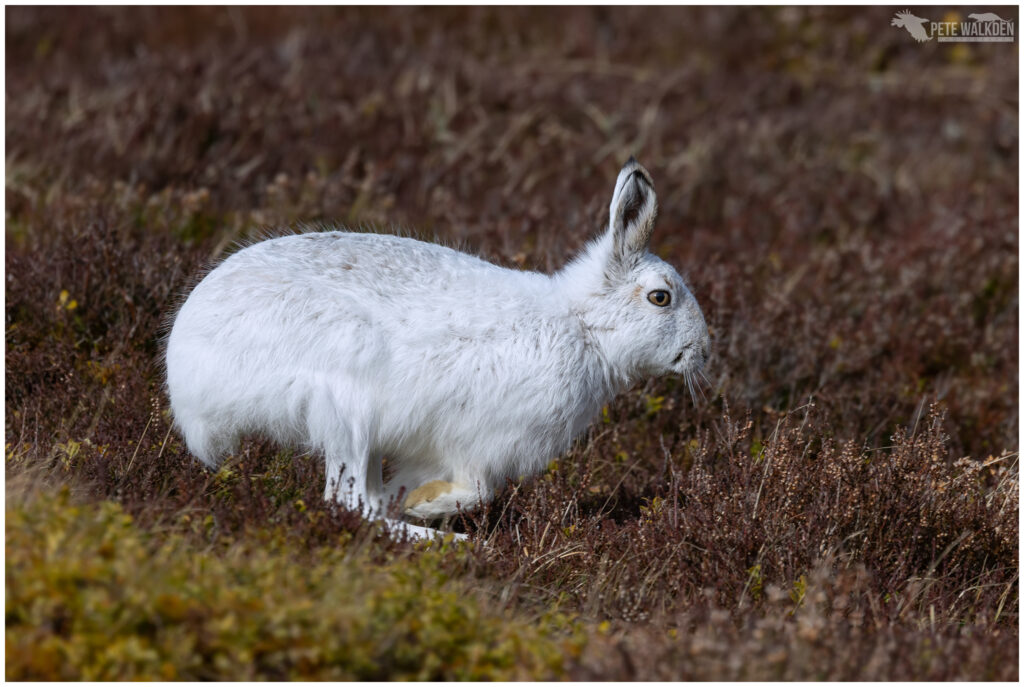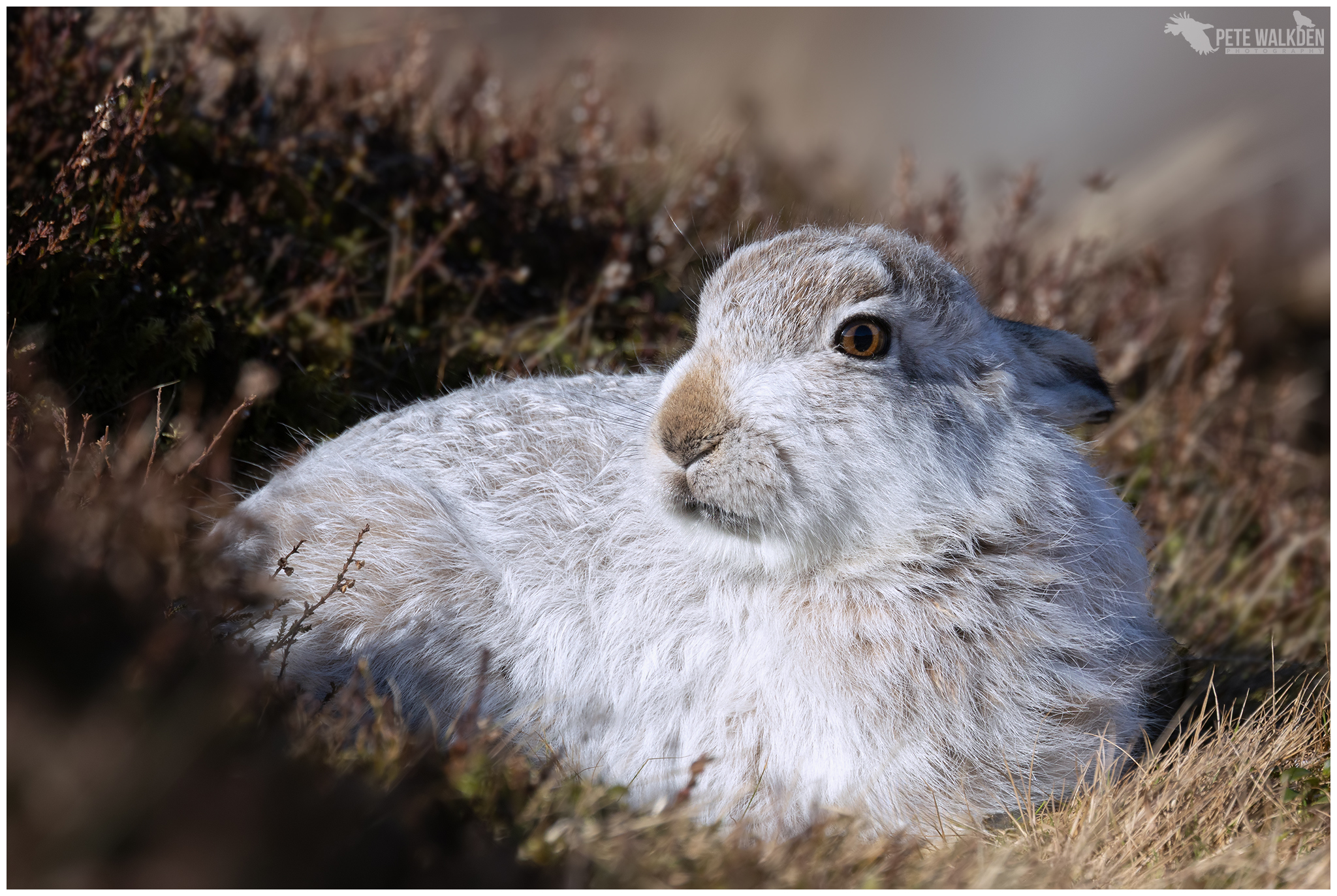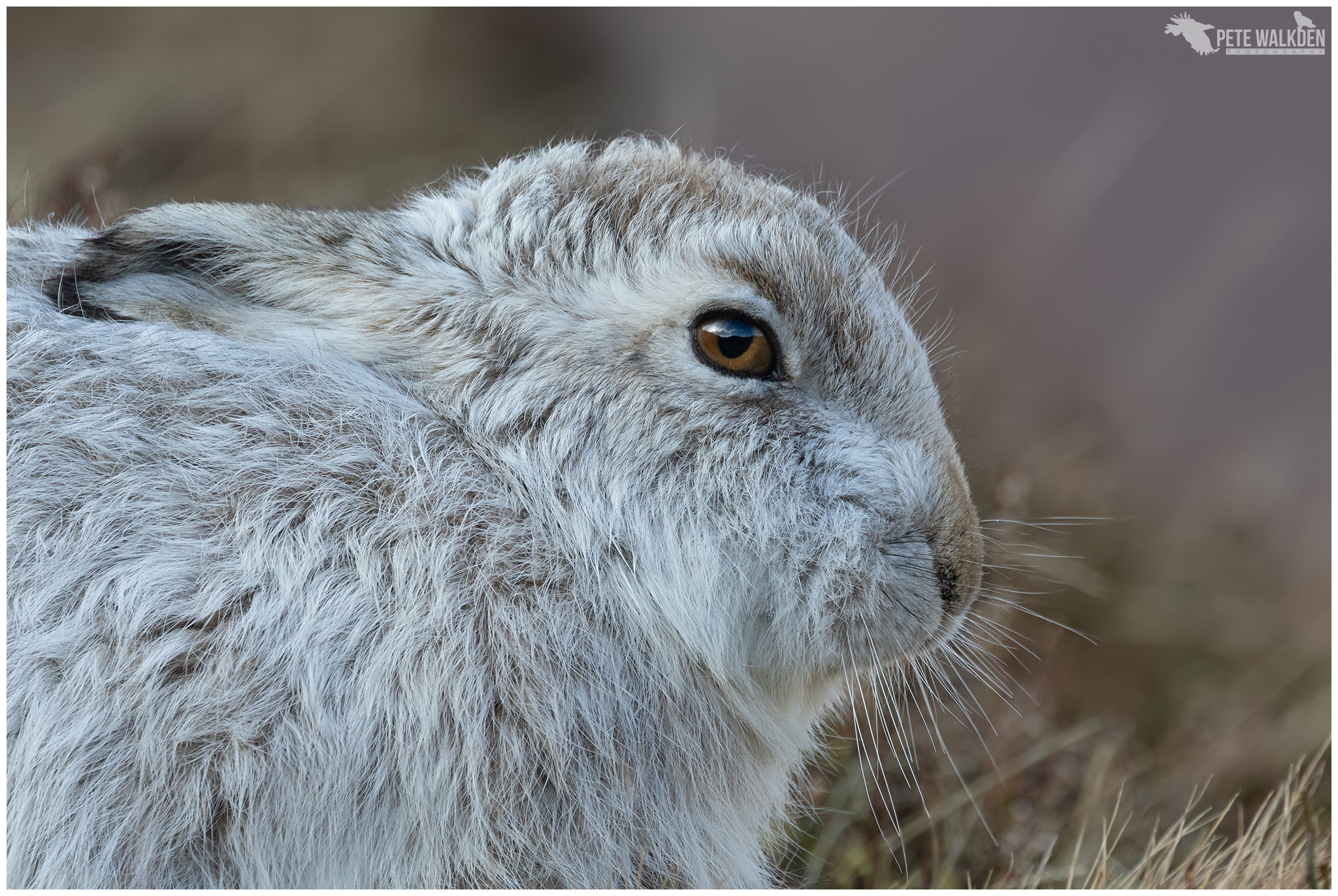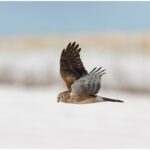
A Local Patch
15th January 2025
After spending the winter months leading wildlife workshops, one might think that working with a friend instead of a client wouldn’t excite me. However, my love for what I do makes it enjoyable. As I hurried to the station (running late, as usual), I was eagerly anticipating over a week filled with excitement, nature, and stunning landscapes in the Scottish Highlands.
We had a packed itinerary, primarily focused on spotting mountain hares. My friend had visited the Highlands twice previously—once during winter with a tour group and later last year for a few days with me. Unfortunately, we didn’t see any hares during the last trip, so I was determined to make it happen this time, especially after other wildlife, like red squirrels and red grouse, had also evaded us!
After a night on the Caledonian Sleeper train, we started our second day by visiting the red squirrel hide. Frustratingly, the squirrels were once again elusive, but we were entertained by charming crested and long-tailed tits, as well as a lively treecreeper. It was wonderfully peaceful to simply sit in the tranquil woods, appreciate the birds, and enjoy their melodies.
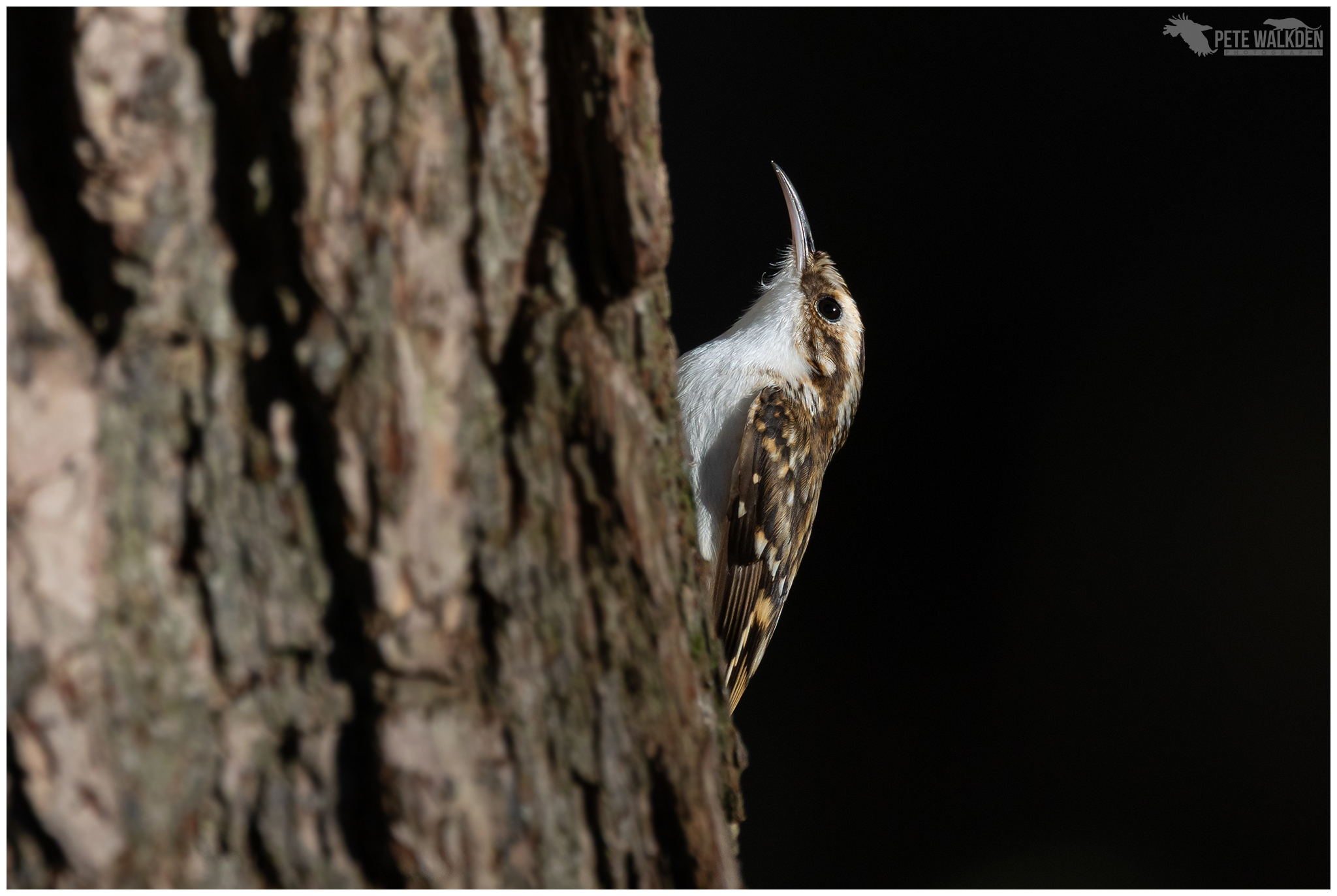
On our second day, we ventured out to explore the coastline, though I hadn’t prepared well and the tide was low. There wasn’t much to see near the harbors, so we decided to stroll along the beach. Despite the wind, we enjoyed watching waders along the shore, including godwits, knot, dunlin, curlew, turnstones, and the ever-present oystercatchers. As the knot flock moved about, I slowed my shutter speed to capture some artistic shots of them in flight.
With the sun shining, we visited another beach, but wildlife was sparse, merely the distant calls of grey seals.
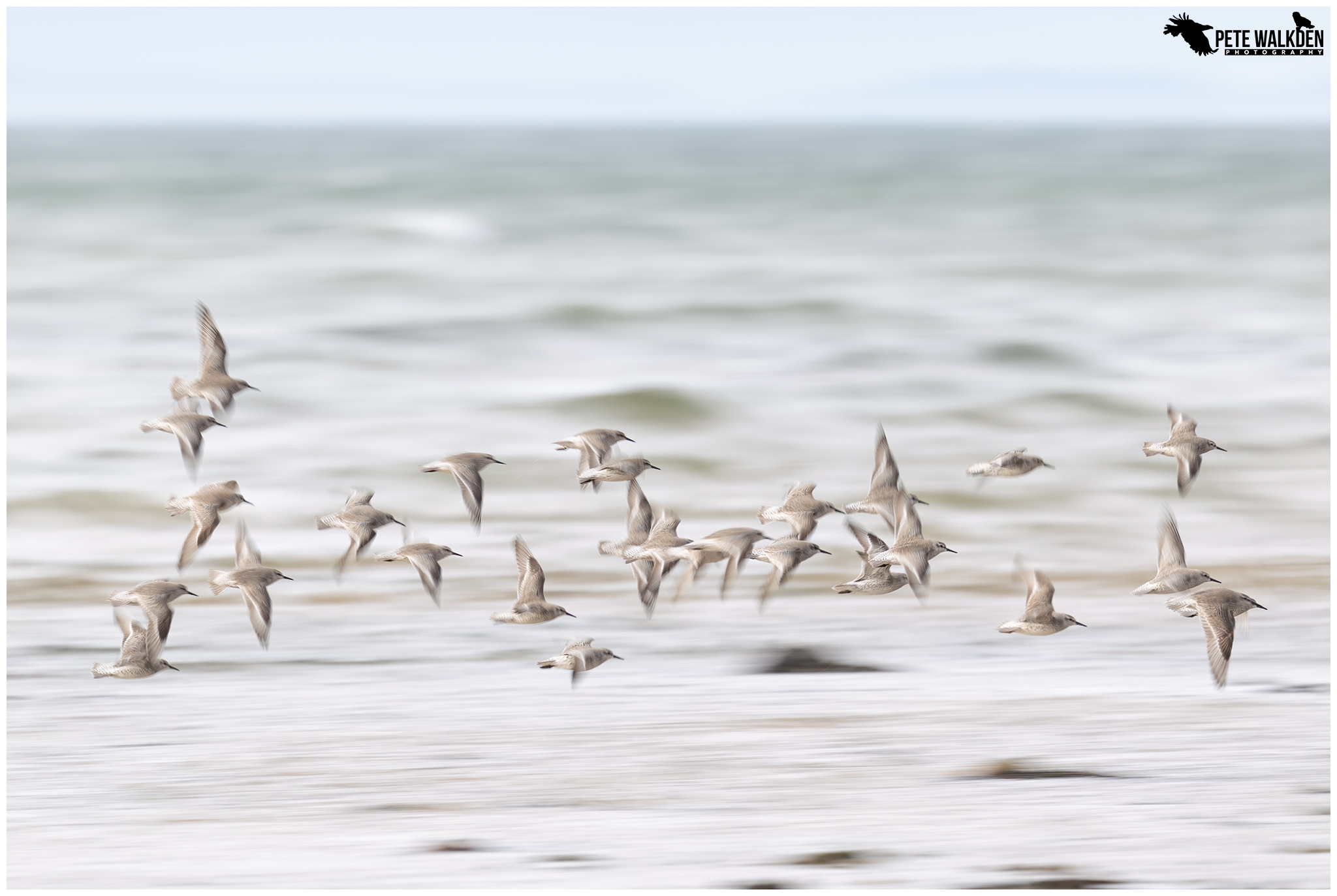
While we were there primarily for the wildlife, we also wanted to enjoy ourselves. We decided to have a picnic. Unfortunately, it was too windy and cold to relax on a blanket outdoors, so we set off west, equipped with a warm blanket, a spare duvet, a few cushions, and some snacks—though I entirely forgot to shop for food earlier!
My new car has a much larger trunk, so we folded down the rear seats, threw in the duvet and cushions, and created a cozy spot to relax and take in the view.
Along the way, we paused to observe three white-tailed eagles gliding on the strong winds and absorbed the stunning scenery around Loch Maree. We then traveled further west to Gairloch for coffee, before finding a sheltered cliffside spot to enjoy our picnic. It truly felt like a “stop the world, I want to get off” moment, with a backdrop of azure sea and sky, gulls soaring by, and a solitary kestrel hunting over the grassy slopes. Pure bliss.
Another visit to the red squirrel hide finally allowed us to see one, albeit briefly. The crested tits remained entertaining, along with the long-tailed tits.
What I adore about the squirrel and crested tit locations is the lighting. When the sun shines, the array of potential images is incredible.
It was fantastic.
We spent the afternoon in the woods searching for crested tits, and they were in excellent form as they have been all winter. With good lighting, we began by capturing standard lit images to adjust to the birds’ speed, and then moved on to rim-lit and silhouetted shots.
This is one of my favorite spots, and as spring approaches, I always feel a sense of longing when the birds shift to insect feeding high in the tree canopy. Plus, since they are a protected species, we must avoid disturbing them while they nest.
On Wednesday, we ventured to the hills for the first time to find mountain hares. After warning my companion for weeks about how bone-chillingly cold it can get up there, we were pleasantly surprised by the mild weather, with barely any wind and a hint of early spring warmth from the sun. It didn’t take long for me to spot a hare, and it was delightful to share that moment. Watching people’s faces light up when they encounter wildlife for the first time is one of the great rewards of my job.
The first hare we encountered was a male named Smokey, who had an injured eye. Usually, he moves away quickly, but today he stayed put, grooming himself and nibbling on pellets. While the angle wasn’t perfect, it was still a good introduction to seeing mountain hares up close.
Eventually, he must have grown tired of us—perhaps my laughter annoyed him—and he hopped off to a different spot. Not wanting to push it, we chose to climb higher in search of another hare.
We spotted more feeding, including a bit of heather munching, yawns, and stretches. After moving once, the hare settled down again, prompting us to decide it was time to relocate to a better vantage point to look for goshawks and crossbills… and we were lucky enough to see both, checking off a couple of desired species from our list.
To switch things up and almost assure a squirrel sighting, I arranged for us to visit the Alvie Estate squirrel hide, and since we were already there, we added a session to observe red deer in the afternoon.
This hide is never warm, but thankfully, we were treated to a lively performance by at least six squirrels all at once—truly a sight to behold.
I tried capturing their antics as they dashed around the woods, though it proved challenging even with the benefit of auto-focus tracking.
Upon arriving, we spotted deer on the hills, but I was surprised at how quickly they crossed into the woods. I’ve been lucky to experience this place in the snow, and while it was beautiful without it, there’s something else magical about a snowy landscape.
None of the hinds were visible, but I made the best of what we had by creating a black-and-white image, which turned out amusingly and almost looks like a two-headed stag.
Given the goal of the trip, it was no surprise that we returned to the hares another day, and thankfully, we had the area to ourselves. We picked out a hare resting on the hillside and took our time approaching it, unlike a couple of gentlemen who arrived later and decided to rush in on the hare we were observing, despite the vast space available.
Let me be clear, I’m all for sharing when it’s busy, but that felt like laziness.
While we managed to get quite close to the hare, it wasn’t very active. So, we took a few portraits, and when the light faded for the hare, we decided to leave as well.
After watching the hares, we decided to seek out red grouse, but the usual route was closed, which led us on an unexpected detour. This turned out to be a fortunate occurrence as we spotted two white-tailed eagles flying low over a wooded area.
Throughout the week, the number of eagles we observed was remarkable, rivaling what I typically see during a good week on Mull, demonstrating that the Highlands are also home to a high population of these majestic birds.
We did see some grouse on the moors, but as I was wearing my “guiding” hat, I refrained from taking photos. We stayed to watch the sunset, though it never…
No colors were produced, unfortunately.
On our last day, before diving back into the routine of work, we made our way to Chanonry Point, hoping to spot some dolphins. Unfortunately, they didn’t follow the plan and didn’t appear. However, we did see some seals hunting for food, as well as several divers passing through, and a variety of wildfowl and seabirds, including guillemots and razorbills.
A small group of sanderlings kept us entertained, so the trip wasn’t in vain.
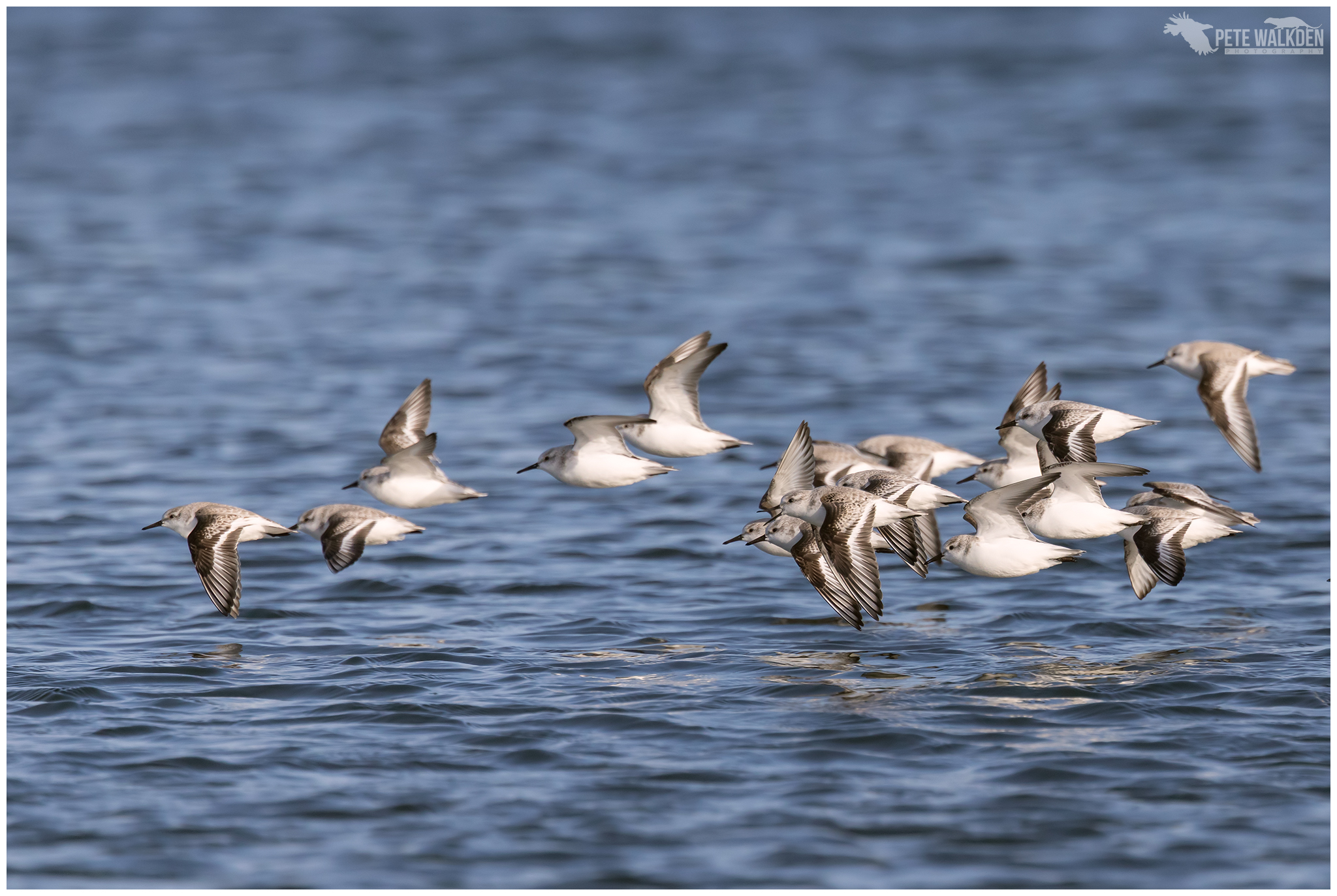
While I haven’t detailed every activity from the trip in this blog, I’ve focused on the wildlife we observed (from late February to early March). This gives those considering a three-day or more Highlands Workshop with me an idea of what they might see.
The Scottish Highlands are an amazing place to live and work, teeming with wildlife, and I’m delighted to guide anyone through this beautiful area.
I’m open for bookings for wildlife photography workshops in the Scottish Highlands year-round, especially during the winter months from October to the end of March. Feel free to email me if you’re interested.

